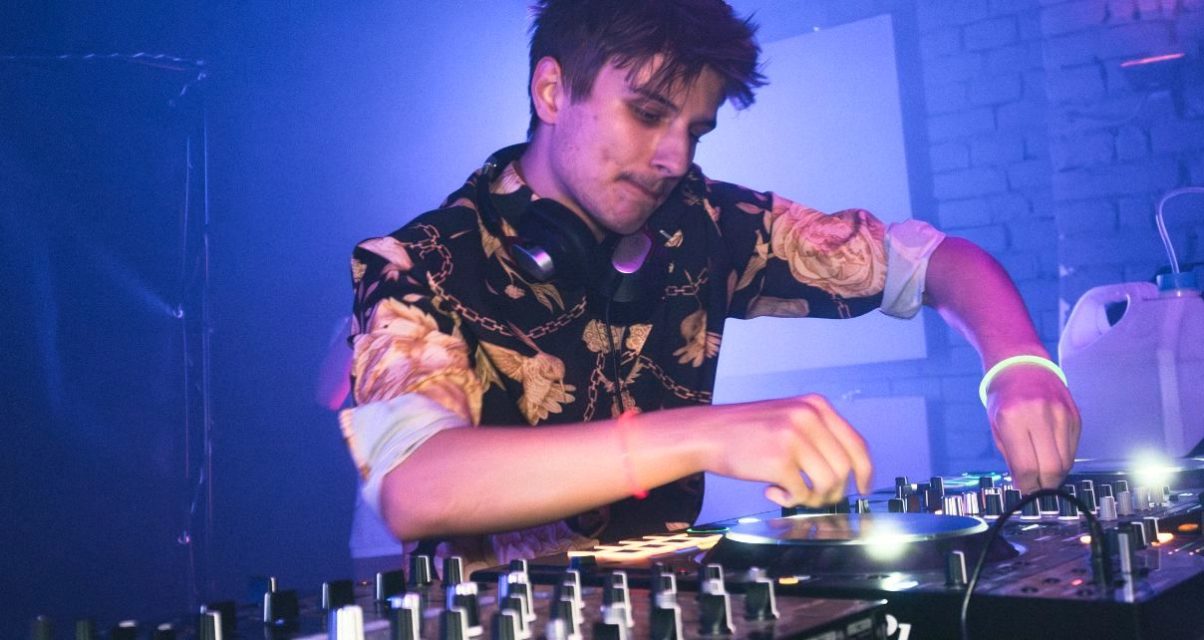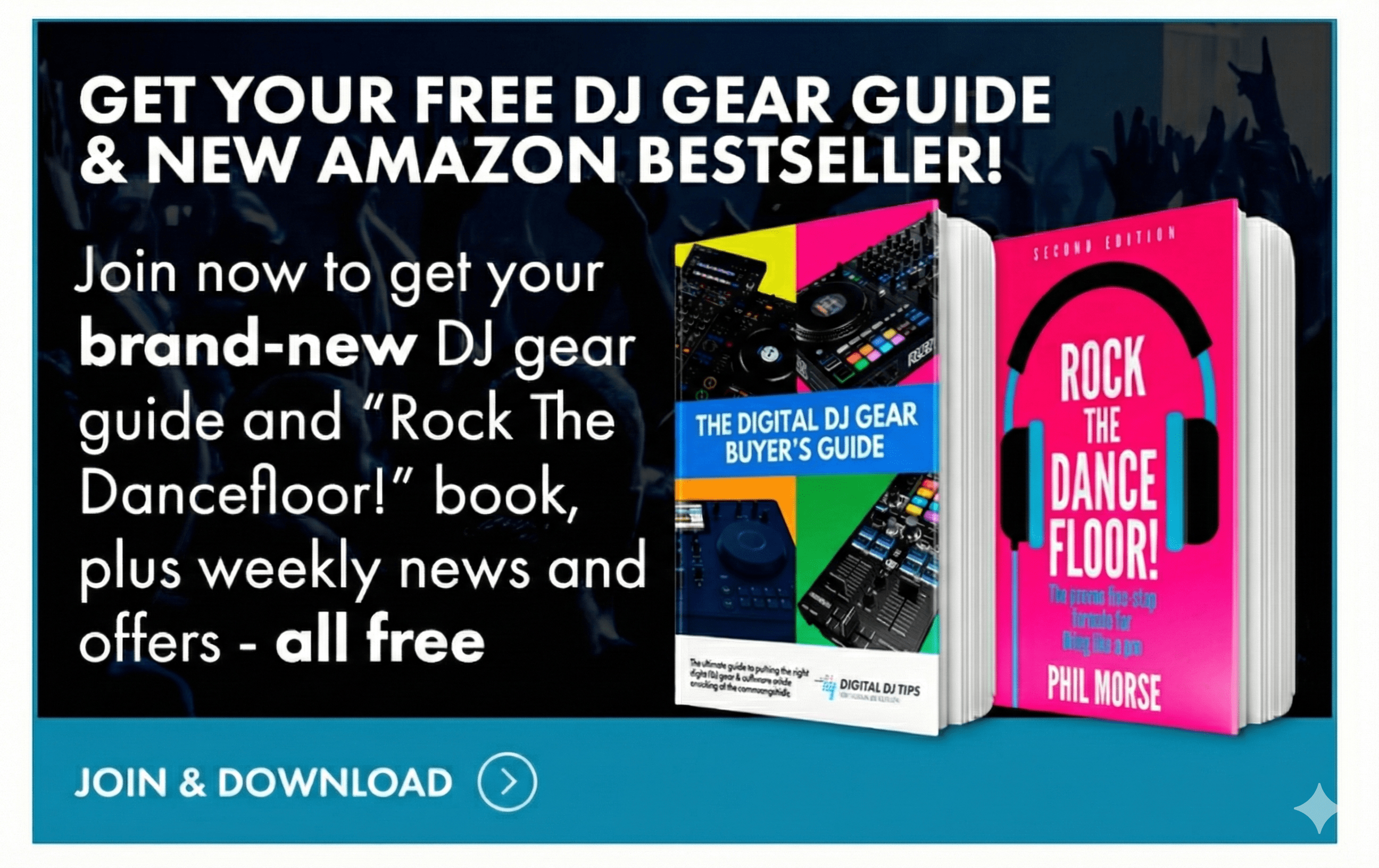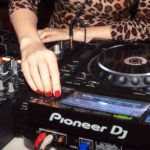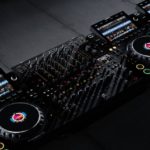Sometimes, students here at Digital DJ Tips come to us in a panic because they’ve landed a gig in a venue that expects them to use the CDJs already installed in the DJ booth. They’ve never used CDJ-3000s or a Pioneer DJ mixer – which is a pretty standard set-up – and they’re understandably nervous.
It’s not difficult, but if you’ve never done it before, it can feel intimidating. So in this article, I’ll talk you through the main things you need to know and how you can get some practice ahead of the gig if necessary.
Stop worrying – you can already DJ!
If you’ve got a grasp of the basics – manual beatmixing, headphone monitoring, volume control, and organising your music – then switching to CDJs is going to be easy. Honestly, with those skills, you can DJ on anything.
The problem comes if you’ve taught yourself a method of DJing that relies on shortcuts, or that only works on your specific set-up. That’s why at Digital DJ Tips, our Complete DJ Course teaches the true fundamentals. Think of it like learning to drive – once you know how to drive properly, you can handle any car. But if you’ve only learned to drive an unusual model in an unusual way, you might come unstuck when you try something different.
Still worried?
If you suspect there are DJing basics you’re not totally clear on, maybe you’re not quite ready to play on pro gear in front of a crowd.
That’s OK.
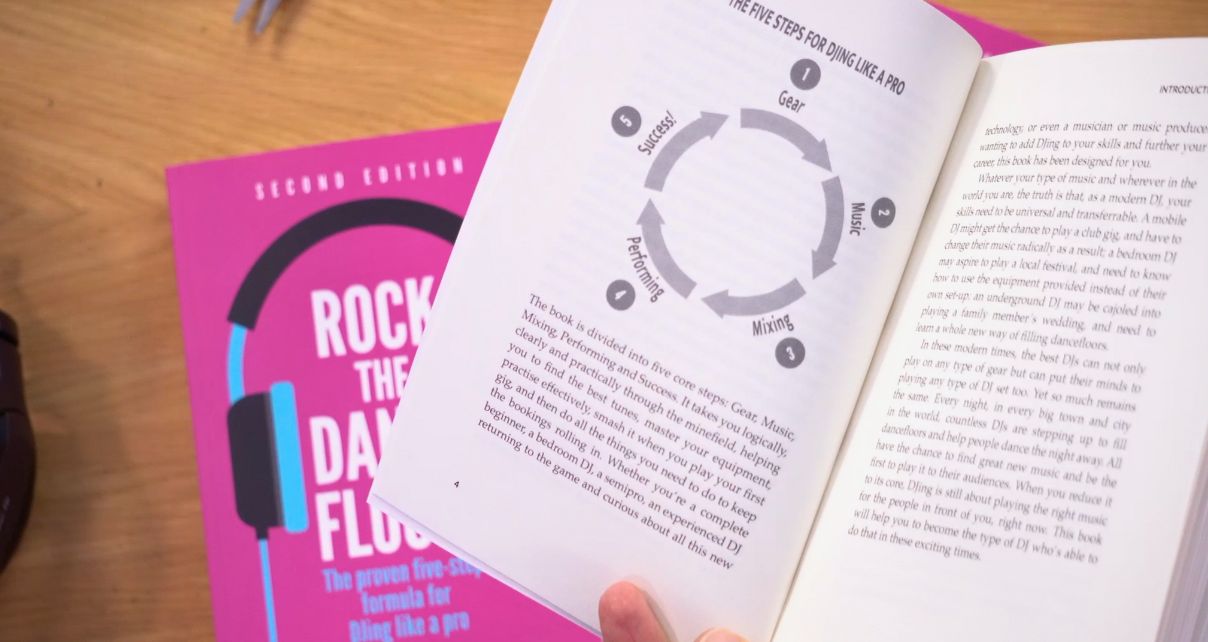
A great first step is to grab a free copy of our book Rock The Dancefloor!, which we’re happy to give you. Just click this link, and we’ll gift it to you as our thank you for joining our community.
So assuming you do know the basics, the good news is that from here on in, it’s going to be more or less plain sailing.
Organising your music is important
One big difference when DJing on CDJs is that you won’t have your laptop in front of you with all your music. You’ll need to export your tracks to a USB drive, which you’ll then plug into the CDJs.
Download the free Rekordbox software from their website – This lets you organise playlists for your event and export them to your USB. If your music is already organised in other DJ software, tools like DJCU (for Mac) or Lexicon DJ (cross-platform) can help convert your library for use in Rekordbox. Or, you can simply start fresh and prep your set directly in Rekordbox.
Get our course: Rekordbox Made Easy
At the end of the process, you’ll have a USB drive with a playlist ready to go. If the CDJs are linked together (which they usually are), you only need to plug your USB into one player – your playlists will appear across all decks. Still, it’s wise to bring at least one backup USB with the same music, in case something isn’t set up right.
Differences when DJing on CDJs
CDJs are as close as we’ve got to an industry standard, and they haven’t changed much in years. That works in your favour – it’s likely you’ll get the hang of them quicker than you think.

They have easy-to-use jogwheels, large screens, intuitive browse and load controls, and full-length pitch faders. Once you find the mixer channels for your two decks and start playing a basic set, you’ll notice that most things feel familiar – just bigger and more spread out than on your home controller. Cueing, scratching, nudging, sync, looping, hot cues – it’s all pretty much the same if you’ve used modern DJ software.
One thing to note: the hotcue buttons on CDJs don’t pause at the cue point. They start playing immediately from it, which takes a little getting used to. Track selection is also slower than on a laptop – the screens are smaller and the browse knob is a bit clunky – which is why it pays to have your playlists better organised than usual. But apart from these differences, modern CDJs show waveforms across all players, support sync, key lock, and other features you’re used to.
Read this next: 4 Things Every Controller DJ Needs To Know About CDJs
It’s good if you can watch how the DJ before you uses the gear – it’ll show you anything that’s slightly different. Keep things simple for the first few songs, and most DJs get comfortable quickly.
Are you joking? I’ll definitely need to practise!
Fair enough – not everyone wants to jump on CDJs cold in front of a crowd. Luckily, there are ways to practise and learn without the pressure.
- Watch our CDJ-3000 training tutorial – Head over to our YouTube channel for our video manual. We go into detail on every knob, button, fader, screen function, input, and output. You’ll learn more than most DJs ever do. It’s the perfect crash course, even if you’re already reasonably confident
- Try CDJs in virtual reality – There’s a full Pioneer CDJ set-up inside TribeXR, a VR platform we’ve tested on Oculus Quest and Meta Quest. It’s a great way to build muscle memory and confidence. If you’ve got access to a headset, this is a cheap and surprisingly effective way to practise
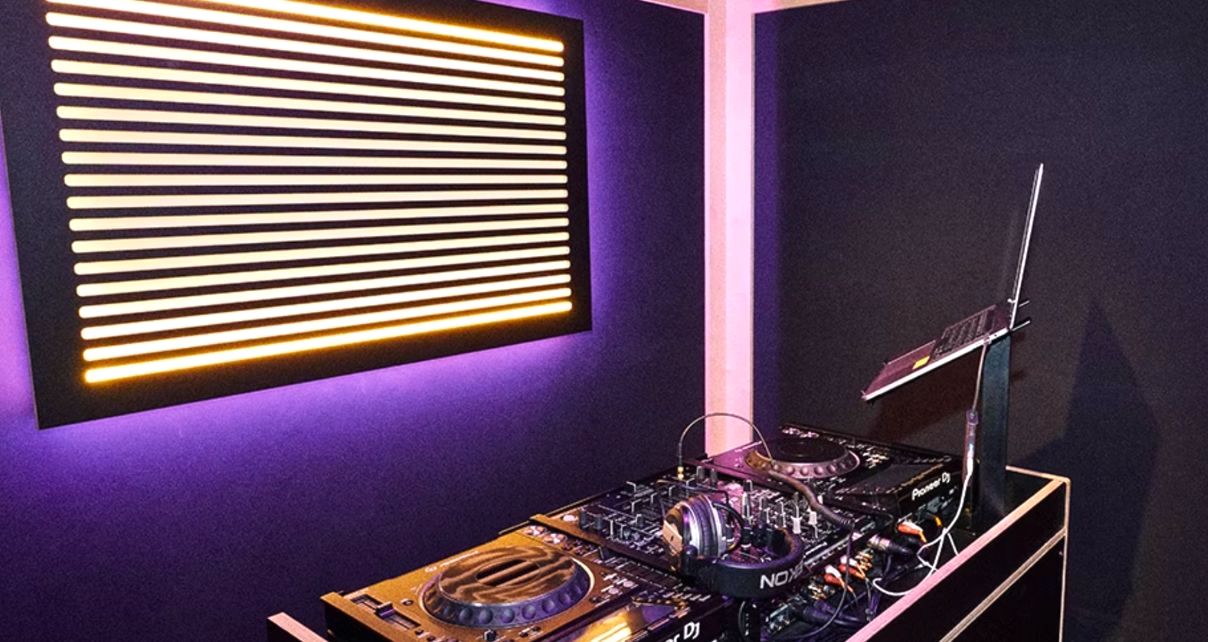
- Ask the venue for a test run – A great tip is to simply contact the venue manager and ask if you can come in before opening hours for a quick go on the gear. Most venues will be fine with this – they want the gig to go well too. Be polite and flexible with timing, and it could be the most valuable half-hour of prep you do
- Rent a CDJ-equipped practice studio – In many cities, you can rent studios already fitted with CDJs. One company is Pirate.com, with locations in the UK, a few in the US, and in Germany. These spaces are affordable and ideal for some focused practice
Finally…
Please don’t worry too much. DJs stress about switching gear more than they need to. As long as you’ve got your music prepared on USB, can plug in your headphones, find the speaker output, and control the pitch and playback, the rest will come naturally.
Read this next: Complete Guide To Switching From DJ Controllers to CDJs
You won’t be “larging it” like DJ Jazzy Jeff on your first go, but you’ll do way better than you think. At the beginning, I told you that a lot of DJs come to us panicking about this, but many come to us afterwards and say, “I don’t know what I was panicking about.”
So good luck – and if you’ve got questions, drop them below. We’re here to help.

